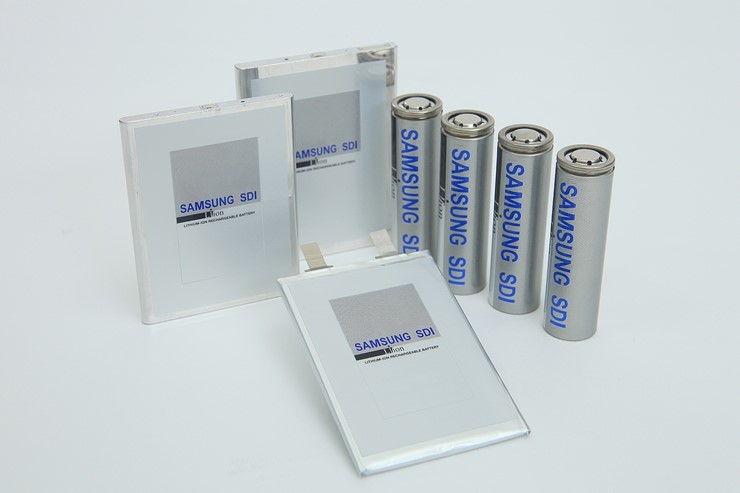Although cordless power tools are heavier than corded, they offer more mobility for homeowners as well as professional craftsmen. Cordless power tools are now as powerful as corded models thanks to battery technology.
The ability to pack more power into a smaller battery will increase the tool's useful life and the amount of work it can do. Battery manufacturers have three main goals: make batteries last longer, offer more power, and are lighter.
The battery technology used in the majority of new tools is Lithium-Ion. If you are looking for a 18650 lithium-ion rechargeable battery; then you can navigate to this website.

Image Source: Google
Lithium-Ion batteries have higher capacities and last longer between charges. They are ideal for people who use their tools for a long time. This is because they can last longer between recharges.
Lithium-Ion batteries don't have the same charging issues as Nickel-based batteries. The charging process doesn't need to be monitored. It is easy to set the charger to charge and then go.
Another advantage of Lithium-Ion batteries as a power tool is their lighter weight than Nickel-based batteries. High energy densities mean that Lithium-Ion battery packs more charge per volume.
Lithium-Ion batteries are also easier to manufacture in various sizes and shapes. This is why many manufacturers have begun to put them inside the handles of their tools to help save space and give balanced heft.
But, Lithium-Ion batteries also have their pitfalls. One, if you place them in the handles on power tools, it means that in order to replace a dead battery, you'll need to either send the entire tool back to its manufacturer or ship it to repair centers.
Unless you are looking to buy new power tools, the Lithium-Ion battery options are available for older models.

